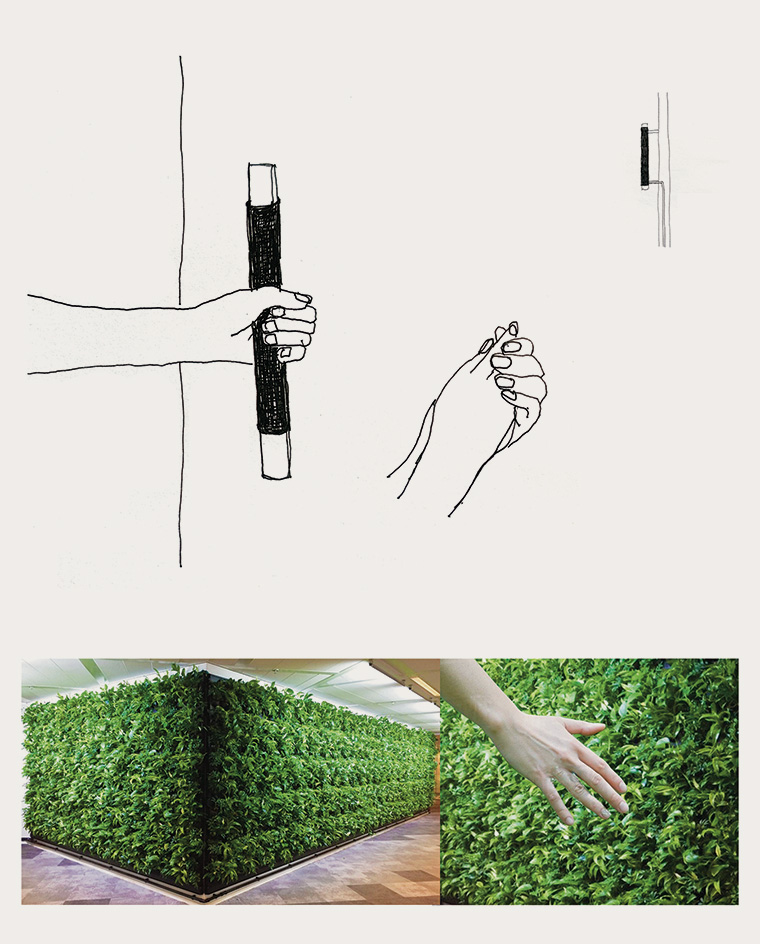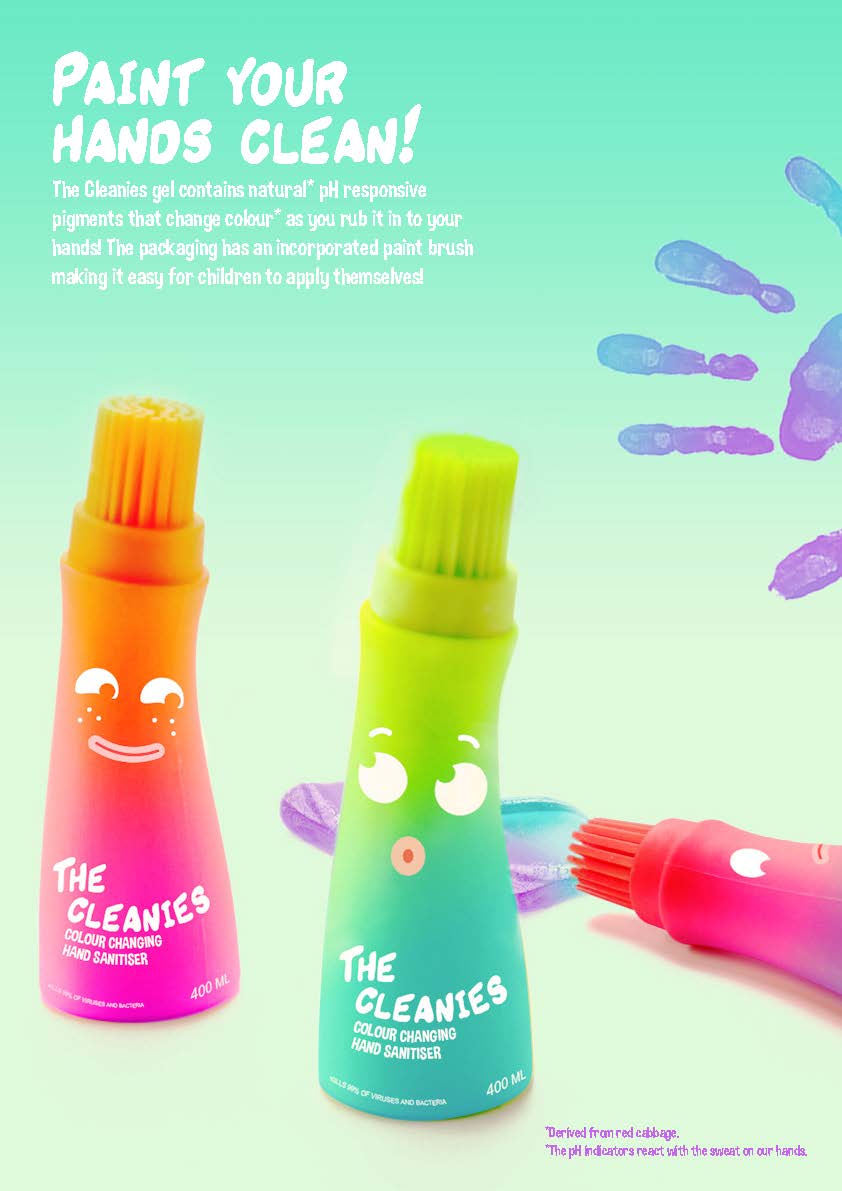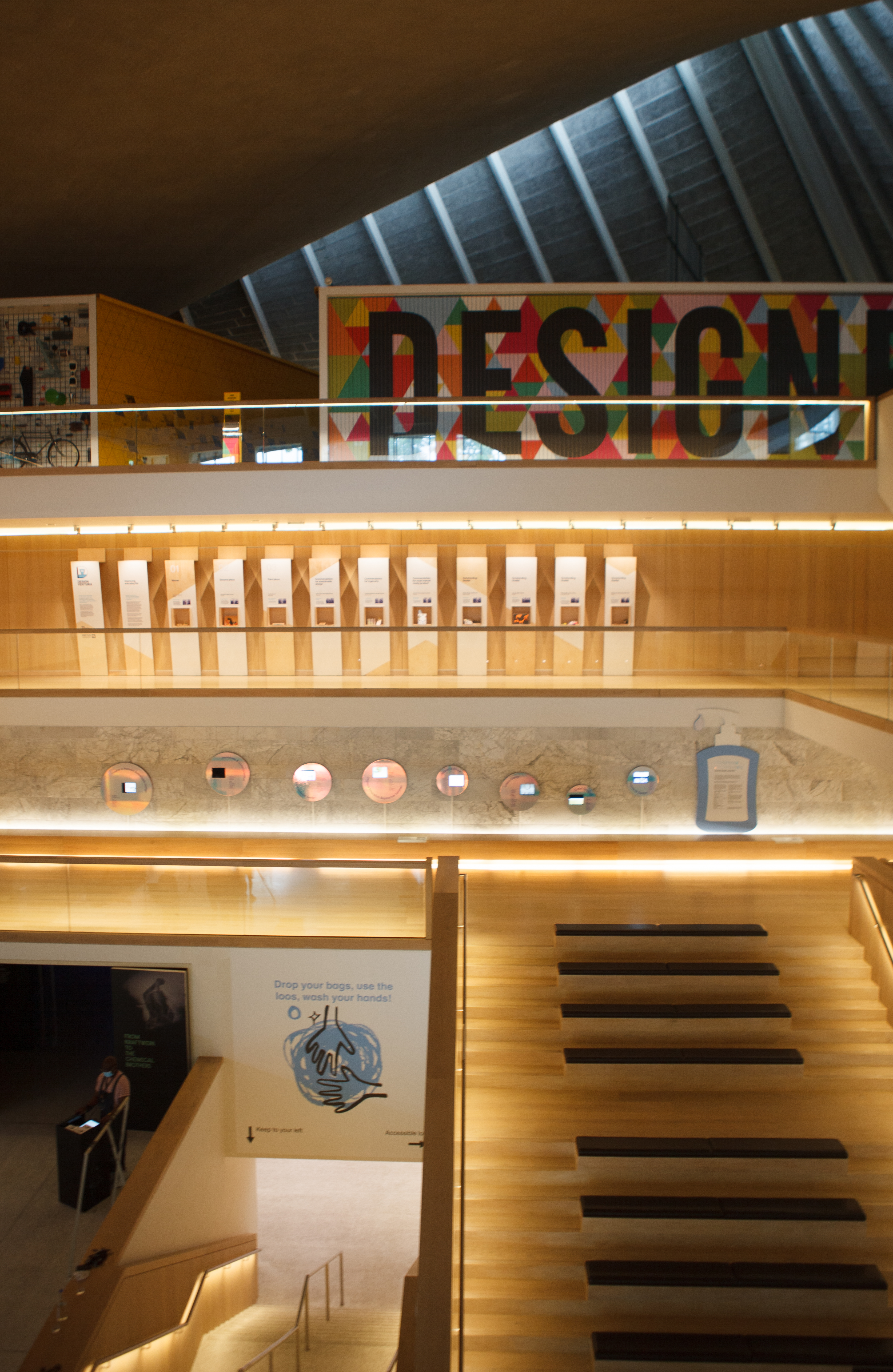Hand sanitiser designs get creative at Design Museum London
At Design Museum London, the winning designs of Bompas & Parr’ The Fountain of Hygiene competition are on view, and will be auctioned by Christie's for British Red Cross

They say that necessity is the mother of invention, and since the outbreak of Covid-19, designers across the globe have been pouring their creativity into producing inventive products that could help to prevent the spread of the virus. Hoping to harness this wave of creativity and raise money for the Red Cross in the process, experiential design company, Bompas & Parr teamed up with the Design Museum to launch a hand sanitiser design competition named The Fountain of Hygiene.
Open to designers, makers or those simply with a good idea, participants were invited to submit their designs for a future vision of hand sanitising. ‘It is hoped that this will accelerate the establishment of new behavioural norms, which benefit the ongoing health of global society,’ says the organisers, who donated the competition’s suggested entry fee to the British Red Cross to support its efforts fighting the pandemic. ‘Ultimately, the aim is to explore how people can safely re-enter the public realm.’


Above, exhibition view of The Fountain of Hygiene at Design Museum London. Below,
The entries were divided into eight categories that included Luxury Design, Sustainable Design and Hygiene Innovation Beyond the Sanitiser. Each entry was evaluated by a panel of esteemed panel of design experts and judged on its innovation, functionality, social impact and aesthetic.
Topping the Luxury design category, Sally Reynolds’ Step One is a pedal-activated sanitiser dispenser unit made from recycled plastics that have the appearance of colourful terrazzo stone. Activated by a copper foot pedal, the unit dispenses the gel through an elegant copper spout without the user having to touch anything with their hands.

Conrad Haddaway, Twomuch Studio & Inga Ziemele won in the Hygiene Innovation Beyond the Sanitiser category, for their ‘Centrepeace’ which is designed to sit in the centre of the table at mealtimes. Three shelves designed to hold two phones are positioned around a central stem where an ozone-generating UV light shines onto and sterilises the phones when inserted. The design not only ensures hands stay clean at the table but also encourages peaceful mealtimes free from digital distractions.
Terry Hearnshaw was crowned winner of the Sustainable category with his unit dose dispensing system, the Seaweed Capsule. Gumball-like capsules made from seaweed are dispensed from the machine and designed to burst open in clenched hands to release a measured amount of hand sanitizer.

Amos Oyedeji, Alexander Facey & Nicole Stjernswärd
The winning projects are displayed currently at the Design Museum, and will soon be auctioned off by Christie’s to generate further funds for the Red Cross.
‘Developing widely adopted strategies for safely socialising is essential for the continued dynamism of the global economy,’ says Harry Parr, director of Bompas & Parr. ‘Humans are social beings and the right artefacts have a role in getting us through.’

Exhibition view of The Fountain of Hygiene at Design Museum London

Beth Thomas, Emma Chih, Erin Giles and Kris Murphy



Two much Studio and Inga Ziemele
INFORMATION
Wallpaper* Newsletter
Receive our daily digest of inspiration, escapism and design stories from around the world direct to your inbox.
Ali Morris is a UK-based editor, writer and creative consultant specialising in design, interiors and architecture. In her 16 years as a design writer, Ali has travelled the world, crafting articles about creative projects, products, places and people for titles such as Dezeen, Wallpaper* and Kinfolk.
-
 Japan in Milan! See the highlights of Japanese design at Milan Design Week 2025
Japan in Milan! See the highlights of Japanese design at Milan Design Week 2025At Milan Design Week 2025 Japanese craftsmanship was a front runner with an array of projects in the spotlight. Here are some of our highlights
By Danielle Demetriou
-
 Tour the best contemporary tea houses around the world
Tour the best contemporary tea houses around the worldCelebrate the world’s most unique tea houses, from Melbourne to Stockholm, with a new book by Wallpaper’s Léa Teuscher
By Léa Teuscher
-
 ‘Humour is foundational’: artist Ella Kruglyanskaya on painting as a ‘highly questionable’ pursuit
‘Humour is foundational’: artist Ella Kruglyanskaya on painting as a ‘highly questionable’ pursuitElla Kruglyanskaya’s exhibition, ‘Shadows’ at Thomas Dane Gallery, is the first in a series of three this year, with openings in Basel and New York to follow
By Hannah Silver
